Ever wonder what are animals are native to France?
While France is the most visited in the world because of its food and wine, fashion, history, and landmarks, it certainly has more to offer.
This country primarily located in Western Europe also boasts of diverse fauna which is relatively typical of countries in that same region of the continent.
Things you'll find in this article
12 Popular Animals That Are Native To France
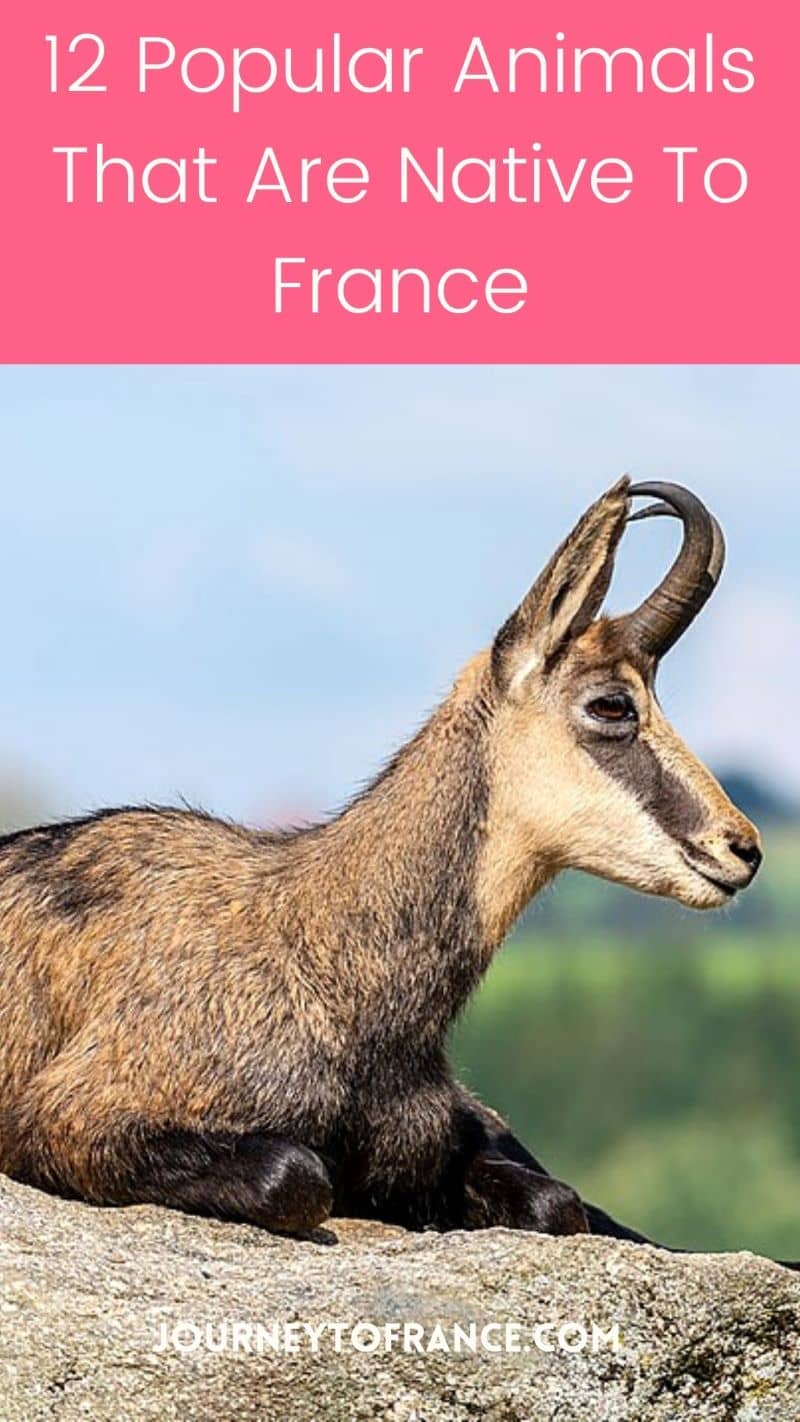
Take a look at the list of the 12 most popular and native animals in France.
1. The North Wolves
Due to overhunting, the north wolves became extinct in France in the 1930s.
However, these animals were revived six decades later, when they crossed over from neighboring Italy to find refuge and re-establish the species in this country. The north wolves settled in the French Alps, some of them moving southeast eventually.
There are over 500 north wolves in France today – still endangered – so sightings of these beautiful animals are few and far between.
Nevertheless, they are as popular and as intriguing as any wolves can be.
2. Greater Flamingo
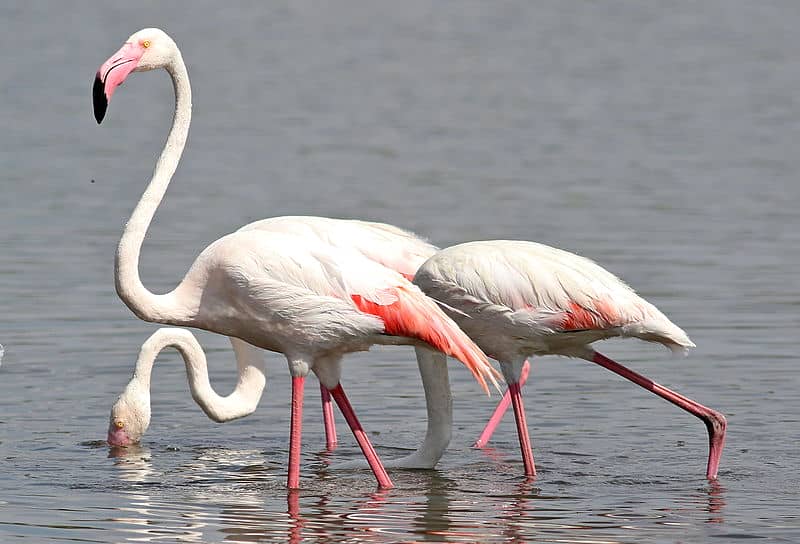
At about 1.5-meter to 2-meter tall with an average wingspan of 1.9 meters, the greater flamingo are the most widespread and largest species of the flamingo family.
Every year, some 10,000 greater flamingo couples flock to the Camargue to nest. Some take flight for Spain, Tunisia, and Senegal in the winter, but about 6,000 to 7,000 stay all year at the Rhône delta.
These birds are grayish-red when they hatch, acquiring their distinct pink-reddish plumage as they age, thanks to beta carotene found in algae, larvae, and brine shrimp that make up their diet.
3. Corsican Brook Salamander
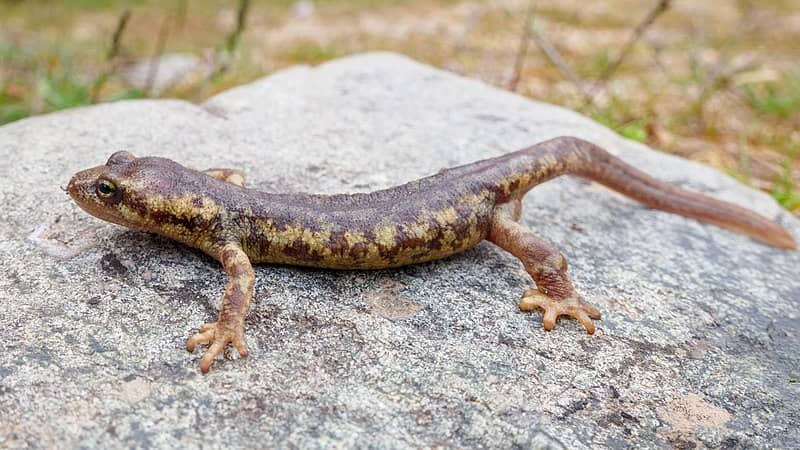
The Corsican brook salamander, also called the Corsican mountain newt, is a salamander species that is endemic to the island of Corsica.
This type of salamander can grow to 10-13 centimeters in length, with a long head and a rounded snout, and an oval tail which is as long as the rest of its body.
They are either brown or olive in color, with mottling of orange, red, or brown near their spine. These amphibians are found primarily in rocky streams, springs, and rivers in the Corsican forests.
4. Marbled Newt
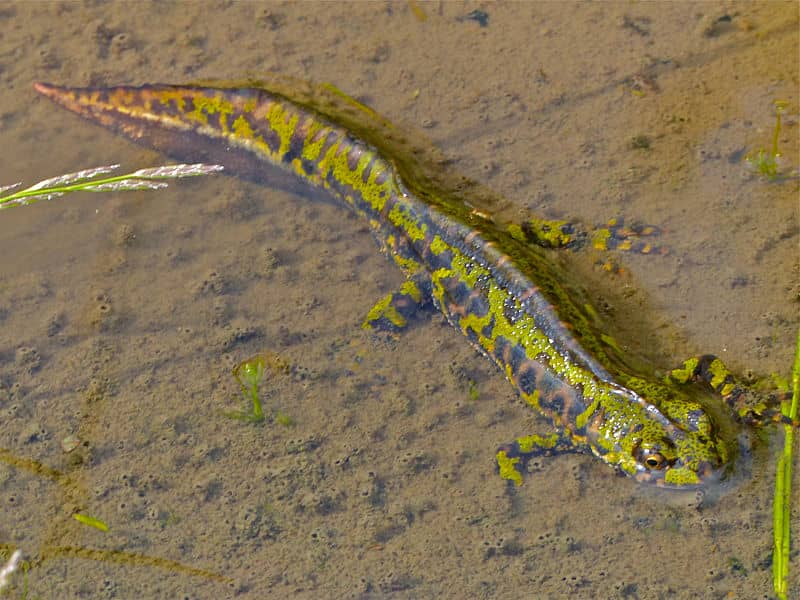
Marbled newts are mainly terrestrial amphibians distinguished by their dark brown to black bodies with irregular green patterns and black bellies specked with white. An adult marbled newt is about 13 cm to 17 cm long.
Marbled newts are native to France and can be found throughout most of the country except most of the Pyrenees because of their dry and unstable conditions.
Their diet consists of slugs, earthworms, snails, centipedes, and insects.
5. Alpine Marmot
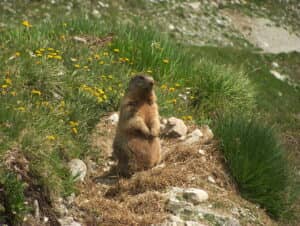
The alpine marmot is a large ground-dwelling squirrel found in mountains at heights between 2,600 and 10,500 feet.
An adult alpine marmot is about 17 to 21 inches in length. These marmots were reintroduced successfully in the Pyrenees, where they were once extinct.
Now they thrive in the French Pyrenees in high numbers, feeding on herbs and grasses as well as spiders and worms.
6. Loir Gris
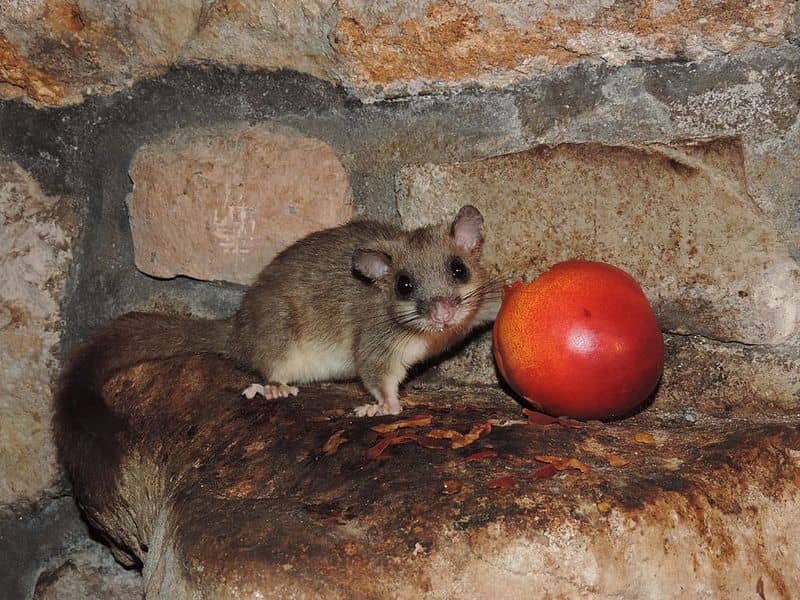
Also called myolux glis, glis glis, edible dormouse, and fatty dormouse, the Loir Gris is the largest of all European dormice.
It is characterized by its large ears, gray or gray and brown with white fur underneath, gray bushy tail, and dark eyes. The Loir’s body grows between 25 centimeters to 34 centimeters in length and its tail about the same.
The species is found in most of France except Brittany and the Atlantic coastal regions, occupying a wide range of habitats, from forests to parks to orchards and buildings.
7. Chamois
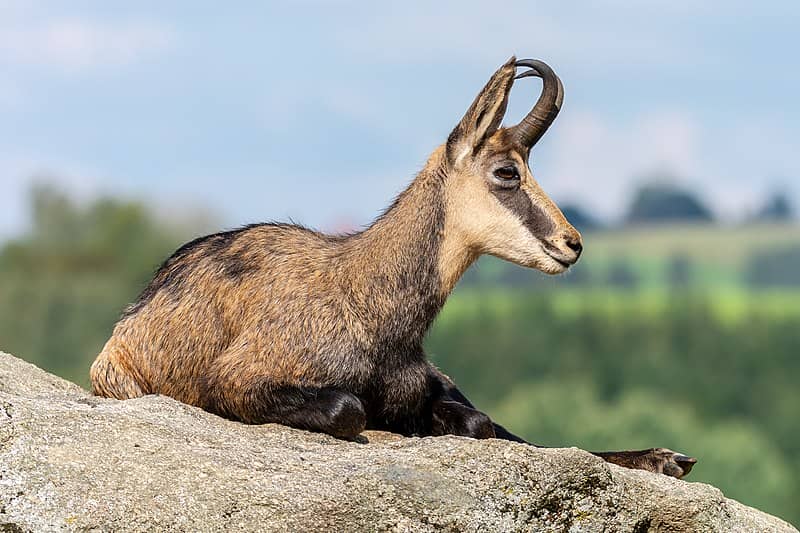
Native to the French Pyrenees, chamois goats are small bovid with short horns that are curled backward near the tip.
They have a white face with black stripes and a slight hump on the back. The chamois goats are experts in clambering up mountains and cliffs. They are often spotted alone in the forested areas at the foothills, feeding on tree barks.
8. Lynx Boréal
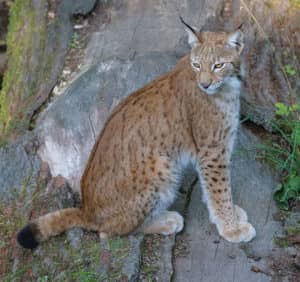
Lynx boréal, also known as the Eurasian lynx, is a wild cat species in France. It is characterized by its triangular, tufted ears, long paws, and short tail. Aptly named, these cats inhabit temperate and boreal forests.
The lynx boréals had been extinct in France for almost a hundred years until they were revived after reintroducing them in Switzerland.
Now there are a few of this kind that lives in the Jura mountains on the French-Swiss border. It is illegal to hunt these wild cats in France and other areas where they are observed.
9. European Brown Hare
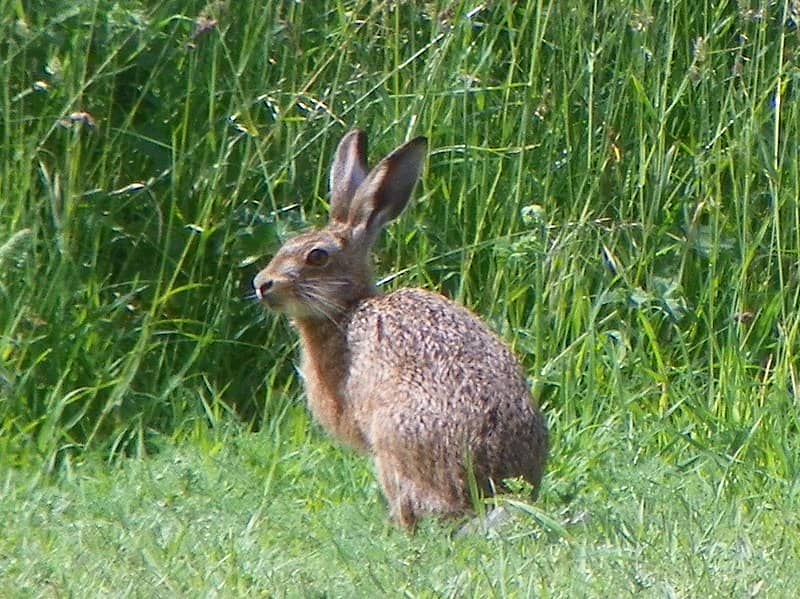
European brown hares are found in most of France. They can be seen at dusk and dawn, although you can spot them in day time during the spring.
This hare species can live alone or in pairs. They are very fast runners despite the fact that they are one of the largest of their kind at an average body length of 24 to 30 inches.
They are characterized by their black ears, black-tipped tail, and grizzled yellow-brown fur with white on the underside. The European brown hare feeds on tree barks, twigs, field crops, herbs, and grasses.
10. European Mink
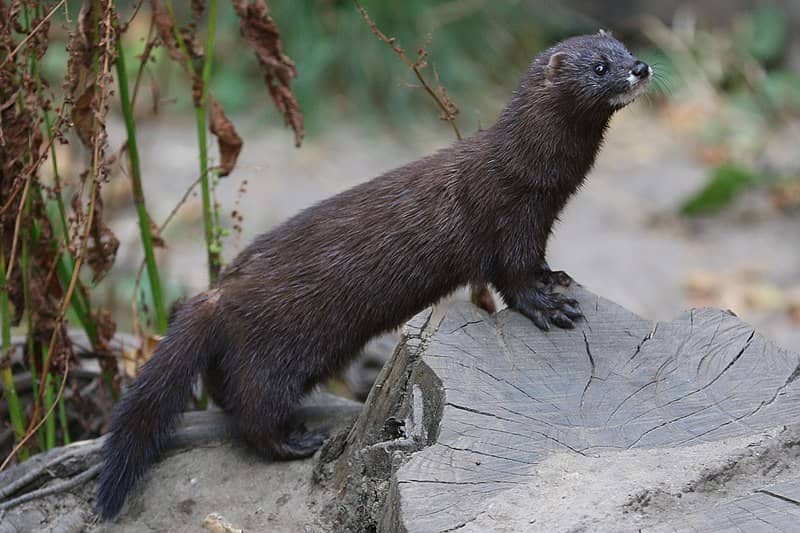
The European mink is the world’s most threatened carnivore, especially in France.
It is a semiaquatic species of mustelid that lives only in the Pyrénées-Atlantiques, Charente, Charente-Maritime, Gironde, Landes, Dordogne, and Lot-et-Garonne.
Although it looks similar to the American mink and has a similar name, the two mammals are not closely related. The European mink can be found primarily by forest streams and feeds on insects, crustaceans, fish, voles, and frogs.
11. Musaraigne Pygmée

The musaraigne pygmée or the Eurasian pygmy shrew (or simply the pygmy shrew) is a very small mole-like mammal that is widespread throughout France.
Active all day and all night, the musaraigne pygmée thrives in undergrowth and leaf litter, feeding on worms and small insects. It’s really small, only weighing just about 4 grams, but with incredible metabolism. It has to eat every couple of hours.
12. European Mole
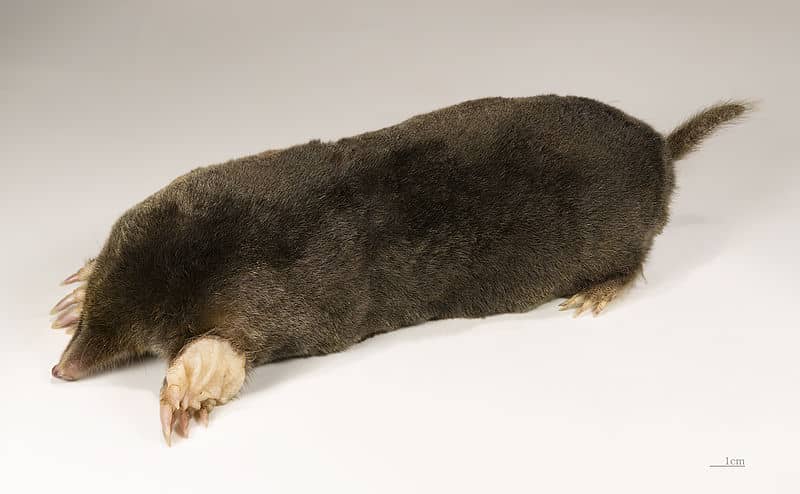
The European mole is also known as the northern mole or the common mole. It has a cylindrical body that’s about 11 to 16 centimeters long.
These mammals are underground dwellers that eat worms, centipedes, mice, and shrews. Their saliva has toxins that paralyze their prey.
European moles have small eyes hidden behind their dark gray fur which is the typical color, although a 6-inch albino specimen is preserved in a museum in Gers in the Occitanie region.

Hi, I’m Christine – a full-time traveler and career woman. Although I’m from the Philippines, my location independent career took me to over 40 countries and lived in 4 continents in the last 10 years, including France. A self-proclaimed Francophile, I love everything France.
